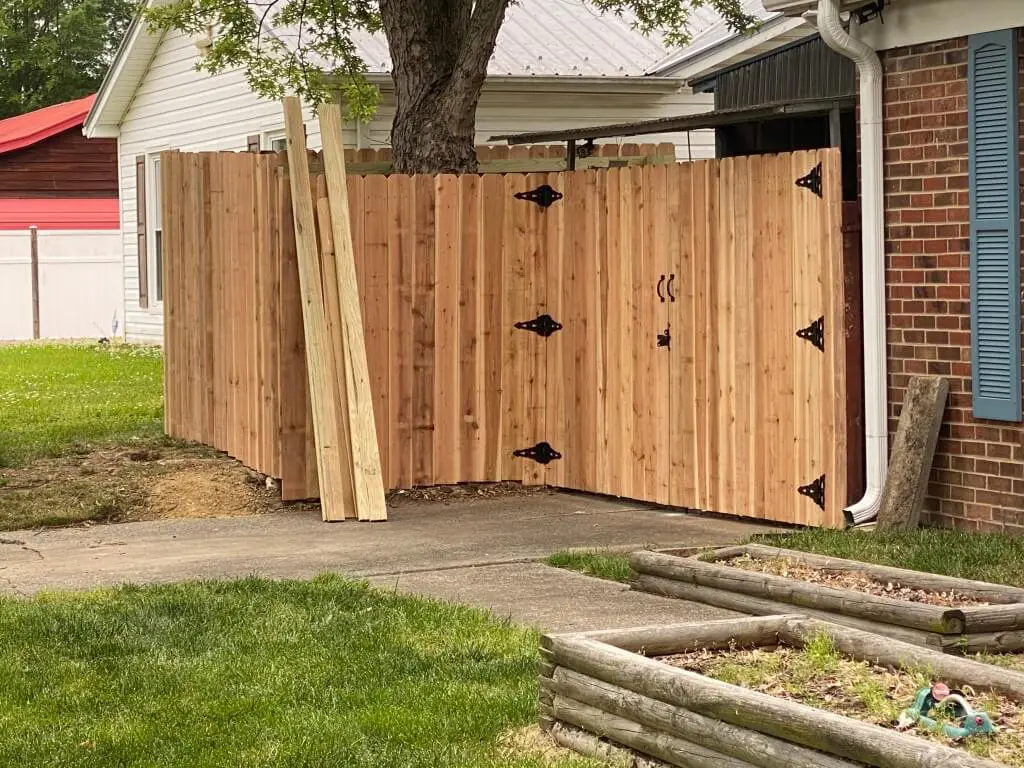
In the oil change world, one of the essential parts is installation of an oil tank. The process requires a lot of attention to detail as many people have damaged vehicles because they botched this job. In order to install an oil tank, one must first decide where to place it and then remove bolts from whatever that thing was that was blocking its placement.
The next step is removing bolts from whatever thing was holding up the previous part you took off for some reason. It’s also a good idea at this point to find a bigger wrench. If your vehicle is not equipped with a specific spot for an oil tank, make sure you look for exterior screws or bolts which may be hanging on by only one screw before moving them.
At this point, you must either remove it entirely or bend anything that looks like it might be a structural part of the car. If you have time and money, we would suggest removing parts until the oil tank is located in its final position and then replacing them. This will ensure a solid fit and minimize any rattling noises your new oil tank may make as other parts come loose over time due to repeated motion. The extra sets of hands mentioned earlier can now help with holding places while bolts are replaced into those holes that need them that you just took out for some reason. Don’t forget to tighten them as much as possible as otherwise they could fall out at an inconvenient time such as five minutes before your first race since your new engine.
Once oil tank installation westchester county ny is complete, you must take a moment to reflect on your work and realize that there are other things in the world besides oil tanks.
At this point, the oil tank should be in its final position. If it is not, find someone to blame or tell that It was already there when you got to this step. Once the oil tank is in place, use whatever means are at your disposal to tie your vehicle down securely. This will help keep it from moving around while you put everything else back together and stop rattling noises while you drive happily within the speed limit for once. You can also tighten up all of those bolts you took out earlier – but remember which ones they were so next time you have to remove your engine without breaking any parts off inside it so it will need a new engine instead of just some bolts like you thought (and threw away).








